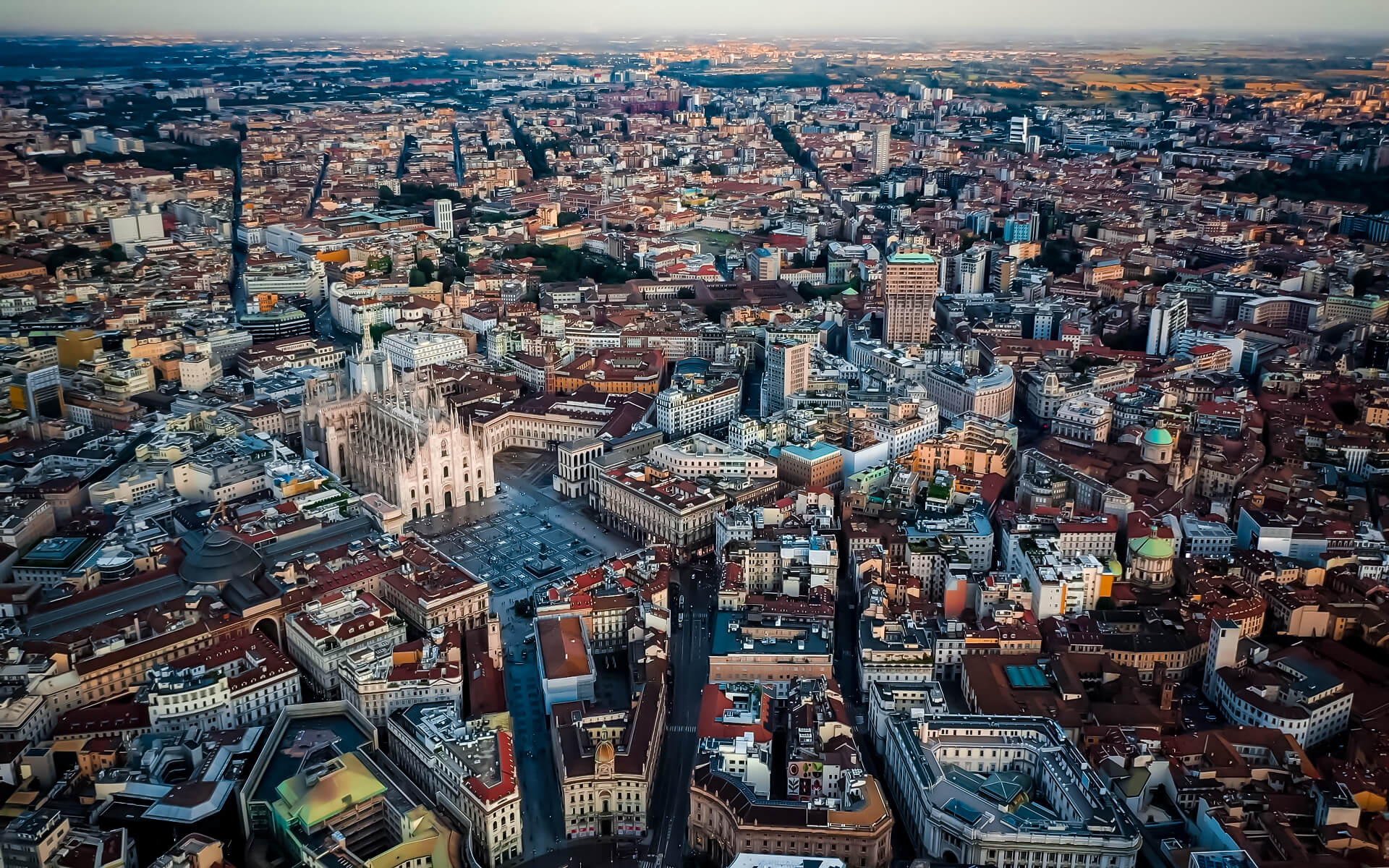Milan is the capital of the Lombardy region and the country’s first most populous city. The city proper has a population of 1.3 million people, but its urban area (which extends outside the limits of its metropolitan province) has a population of roughly 5.5 million people, making it the fifth-largest in the EU. The Greater Milan metropolitan area is a polycentric metropolitan agglomeration of 7 to 10 million inhabitants. Milan is Italy’s principal industrial and financial center, as well as a worldwide player. It has the third-biggest economy among EU cities, behind London and Paris, and the largest among European non-capital cities in terms of GDP. Milan is regarded a component of the so-called Blue Banana and is located in the core of one of Europe’s Four Motors.
Milan is a worldwide leader in the arts, commerce, design, education, entertainment, fashion, finance, healthcare, media, services, research, and tourism. Its commercial area is home to Italy’s Stock Exchange as well as the headquarters of the country’s and the world’s top banks and corporations. The city is a significant global fashion and design centre, hosting a number of international events and fairs such as Milan Fashion Week and the Milan Furniture Fair. The city is home to a plethora of cultural organizations, academies, and universities, with 11 percent of the total registered students in the country.
Over 9 million people visit Milan’s museums, theaters, and attractions each year, including the Milan Cathedral, Sforza Castle, and Leonardo da Vinci masterpieces such as The Last Supper, which is a UNESCO World Heritage Site. Milan is the second most star-rated city in Italy, according to the Michelin Guide. In 1906 and 2015, the city hosted the Universal Exposition. AC Milan and FC Internazionale are two of Europe’s top football clubs based in Milan.


